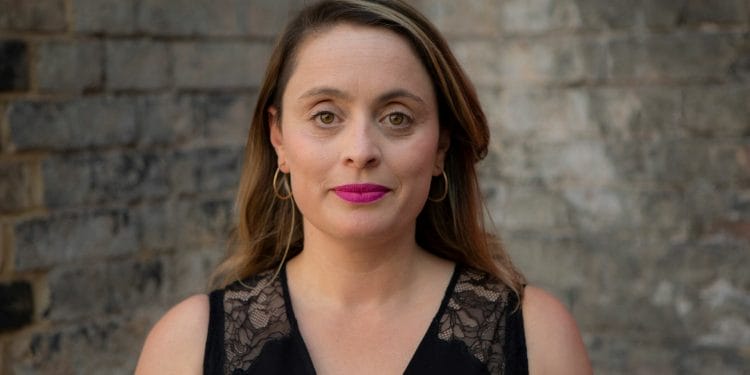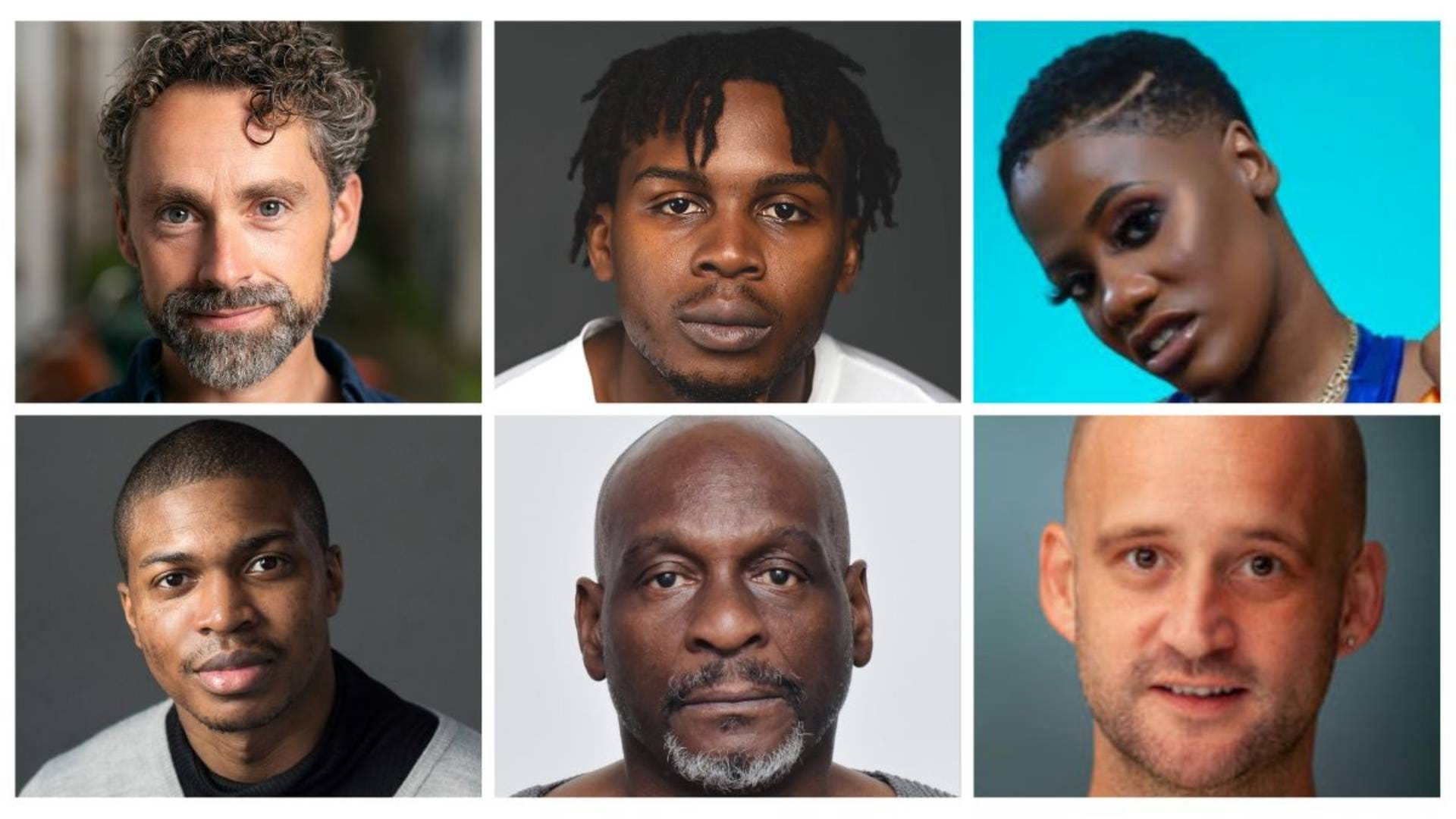Daphna Attias tells us about Dante or Die joining forces with award-winning documentary film maker Pinny Grylls in creating a short film inspired by their recent performance installation, Skin Hunger.
The film was launched on 19 October, with a zoom Q & A hosted by BBC’s film critic Rhianna Dhillon and is now available to stream for free via YouTube.
The company will be screening the film and facilitating bespoke theatre workshops about the importance of touch to prisons, care homes and arts centres across the UK.
Skin Hunger on film is currently being shown in certain locations, what can you tell us about the film?
Skin Hunger on Film is a short documentary film (19 minutes long) that explores our biological need for human touch through the lens of a live show, Skin Hunger, which we created during the COVID-19 pandemic.
The film follows three audience members as they interact with, and respond to, this performance installation about the power of touch – a vital aspect of humanity that so many of us didn’t realise we needed until it was restricted.
What inspired you to create the film?
The restrictions on holding hands, hugging loved ones or offering physical comfort to friends and family have felt brutal over the past 18 months. We were struck by the images of hug tunnels in Brazilian care homes, which allowed people to hug their loved ones during the pandemic through plastic.
These images inspired the live show. The show could only be experienced by 3 people every hour, in order to be performed safely and allow those moments of connection. It was not only hugely restricted in capacity but also performed at a time when many people still did not feel safe to attend live performance or even take public transport.
We wanted to reach beyond the live audiences and to provoke conversation about how we approach touch as we re-emerge from the pandemic and begin to live together again. The film offers insights into the live performance but is also a creative output in its own right.
How did you select the participants?
In our shows, we always put the audience at the heart of the experience. We wanted to translate that into the film and focus on the audience’s experience as the centre of the film.
We had many discussions about who the specific audience members should be. We were looking for people with different relationships & experiences of touch, through whom we could reflect on and learn new things about touch & our show.
Morgan is an ex-prisoner who didn’t see any family and friends whilst in jail. Helen is a dementia care worker who uses touch to comfort and calm her patients. Francis is a leading neuroscientist specialising in the importance of touch to human development who interestingly, isn’t a huge fan of touch himself.
What surprised you most about how the live show had affected people?
Skin Hunger was a very intimate show. Each audience member followed a route through the space and experienced the same three pieces but in a different order.
Each one-on-one encounter offered an audience member, wearing plastic gloves & a mask, moments of touch through the plastic, which they could accept or not. It was up to them.
We were amazed by how vastly different people’s reactions were. We constantly adapted the way in which we gave gentle instructions to the audience. This could be whispering into their ears ‘is this ok?’, letting them know that they could let go of the contact at any point or reminding them that they could choose either to repeat parts of the text or they could just listen silently. We learned from audiences what might feel too intimate; like moving hands slowly from one point to another and that a small change like lifting your fingers could make the whole difference.
Some audience members fully embraced offers of contact and some rejected them completely. Some walked away and some didn’t want to leave. Some looked directly into the performer’s eyes or found the eye contact too intrusive. Each audience member brought their own story into the show, their own history, limits and fears.
Tell us about where the film is showing, and how it’s supporting vulnerable and disabled people?
The film is being screened in a mix of settings, working with different partners across the UK. Screenings are usually followed by a devising workshop, inviting participants to creatively respond to the idea of touch. For example, we have been screening the film with groups of learning disabled people, for whom skin hunger is a widespread issue not just during the pandemic. In this context, it was fascinating to reimagine devising exercises around touch for people with different access needs.
The film is also being screened in galleries, in cinemas before the main feature for a general audience, care homes and for people with experience of the criminal justice system.
What do you hope will happen next with Skin Hunger on film?
We hope the film will reach more people and trigger conversations. The pandemic has been challenging in so many ways but it has also enabled us as a theatre company to reach beyond live audiences and gave us an interesting new perspective about different ways to engage with audiences.
If after watching Skin Hunger on Film, you’re interested in watching the full live show of Skin Hunger, its available to stream on a Pay What You Decide basis here.

















